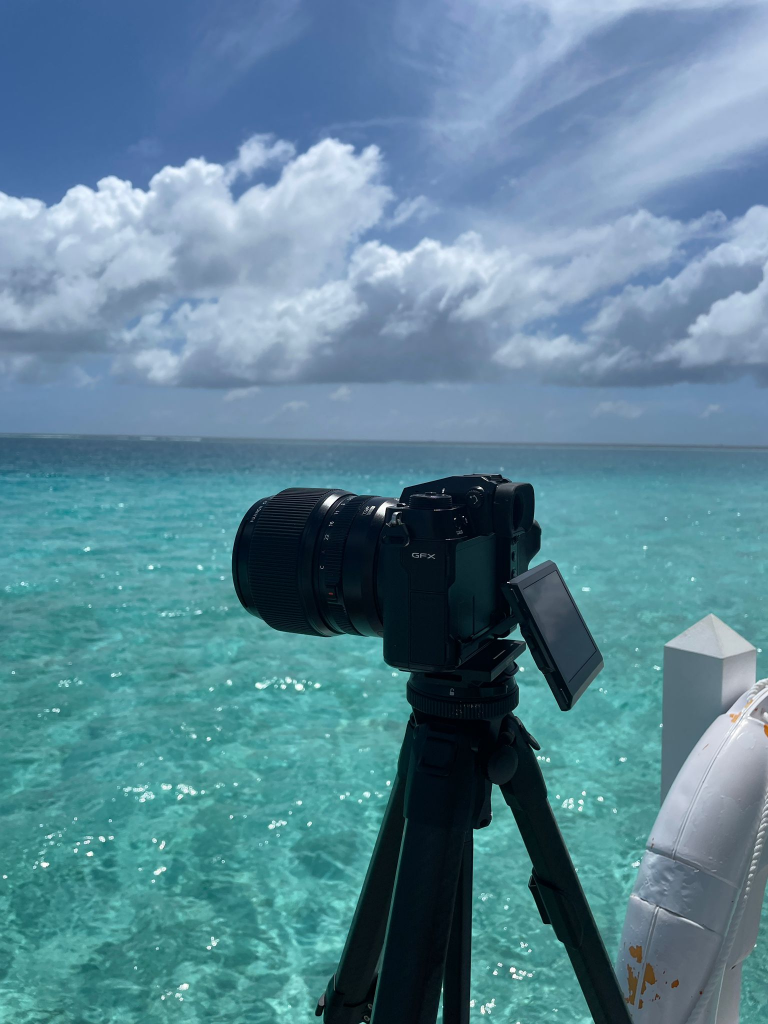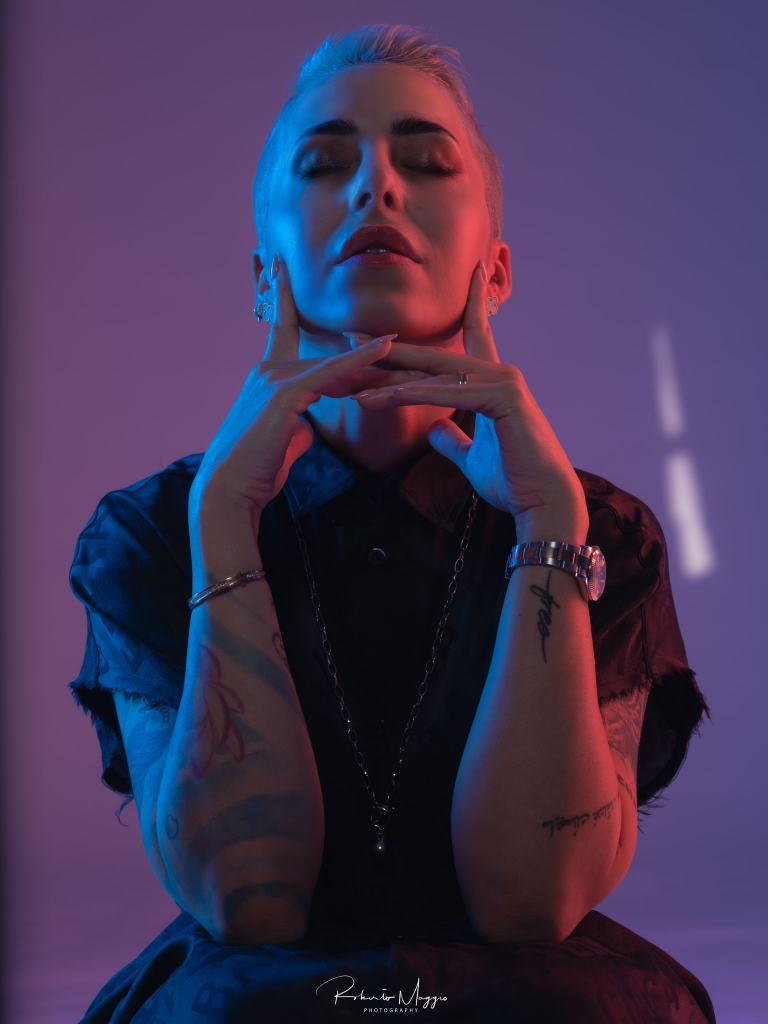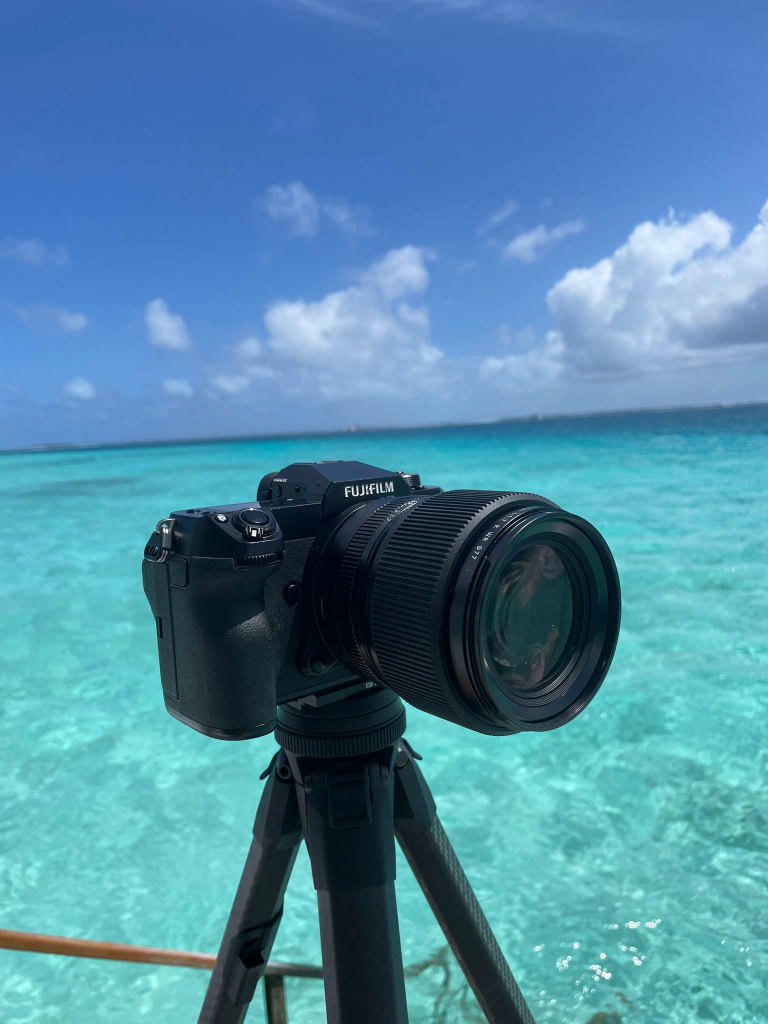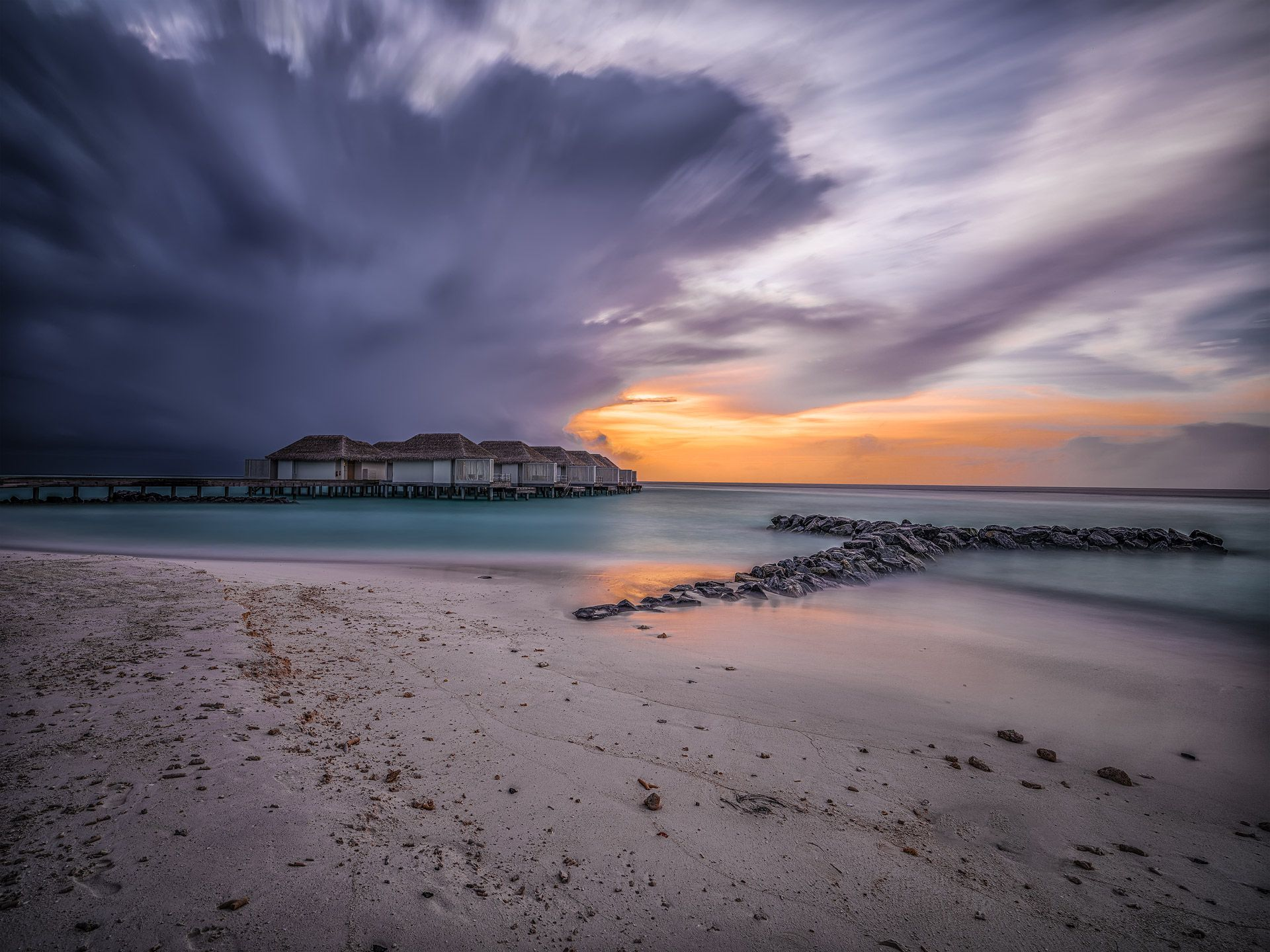My hands on the Fujifilm GFX 100S
I want to change. I want to start my review of the Fujifilm GFX 100S starting not from the specs and performance as is normally done in photography blogs, but from the physical sensations I had while picking it up.
They are positive sensations linked above all to well-studied ergonomics.

Starting vibes
A first feature that I liked to review is that of the adjustable and removable monitor that I have already had the opportunity to try on the other Fujifilm. This is a key feature for me as it allows you to take pictures in any position.

Megapixel
Another feature of the Fujifilm GFX 100S that immediately catches the eye is the definition: 100 MP, obtained thanks to an integrated 44 x 33 mm CMOS sensor equipped in turn with a 5-axis 6-stop stabilizer. If 100 MP seems low to you, well then know that using the Fujifilm GFX 100S sensor in oversampling mode via Pixel Shift you will also be able to take 400 MP photos.
The shutters
On the Fujifilm GFX 100S there is a double shutter solution, one mechanical and one electronic, to be chosen according to the type of shot you want to make. The speed? According to the specifications provided by the parent company, you should easily reach a maximum of 1 frame every 200 ms or 5 photos per second.

Saved files
Shots taken with yours can be saved in a double slot for UHS-II SD memory. The files can be saved both in jpg format, both Superfine and Raw 14 or 16 bit, thus securing images that can reach the remarkable size of 11648 x 8736 pixels.
Size
In addition to the 100 MP mentioned above, another of the features that immediately attracted me to the Fujifilm GFX 100S is its compact size. Think that its volume is inside a parallelepiped with dimensions of 150 x 104 x 87 mm. A very limited space if we want to consider that inside there is an integrated EVF OLED with 3.7 million points, a rear touch monitor in LSD format that is both removable and adjustable, with 3.2 inches and 2.3 million points and a second OLED screen 1.8 inch top and 303 x 230px.
Everything nice? If you like the compact yes but know, and we will see better later, that at the end of the fair these hyper small dimensions have also reduced the capacity and therefore the battery life.

Focus
Here one thing must be said about all. With the GFX 100S Fujifilm wanted to overdo it and, God forbid, this being a flagship product. Everything depends on knowing how to make the most of the computing power that Fuji puts in its hands: and it does so by equipping the GFX 100S with a contrast + phase autofocus system with the ability to detect eyes and faces on a maximum of 425 selectable points.
Video
The videos that can be made with the Fujifilm GFX 100S are definable in all respects professional. In fact, it reaches up to 4k 30p with 10-bit colors and a chromatic compression that can be set to 4: 2: 2 for output on HDMI and 12-bit Raw, or to 4: 2: 0 if you exit on the card. Going down a little in quality, it is alternatively possible to create videos in Full HD 60p format: here too we have two output choices according to the same values seen before, depending on whether you exit on the card or on HDMI.

Connectivity
In the short range the Fujifilm GFX 100S offers a broad connective spectrum. In fact, it has an HDMI Micro output to which is added support for Bluetooth 4.2 and WiFi Wi-Fi IEEE802.11b / g / n, the USB 3.2 Type-C socket, 3.5 mm audio jack and remote shooting socket from 2.5 mm.
Objective
The lens I used in combination is the Fujifilm Fujinon GF 80mm F1.7 R WR. Released in 2021 and with an average cost of 2300 euros, it is a product with Fujifilm G mount, without stabilization and with a focal length of 80 mm.
The diaphragm has an f / 1.7 aperture with ring nut, while the optical construction is divided into 12 elements and 9 groups with 1 Aspherical lens and 2 Super ED lenses.
Focus of the Fujifilm Fujinon GF 80mm F1.7 R WR is automatic with Linea Motor and is functional with a minimum distance of 70 cm from the subject.
The “at rest” dimensions are quite contained: almost 10 cm long and as many wide, with 77 mm filters and a total weight of about 800 grams.

Others specs
ISO: Sensitivity between ISO100 and ISO12800 with the possibility of increments of ⅓ EV, ISO extended from ISO50 to ISO102400. For videos from ISO200 to ISO 12800 in increments of ⅓ EV, ISO extended to ISO25600
Sensibility ISO: ± 1 / 3EV / ± 2 / 3EV / ± 1EV
White balance: ± 1 / ± 2 / ± 3
Dynamic range: fixed/ AUTO / 100 % / 200 % / 400 %
Processors: X-Processor 4
Price
Let’s talk about money now. Well, given the premises that you have had the opportunity to read so far with respect to the “super” characteristics of this, you should not be too surprised if I tell you that the average cost on the market of the Fujifilm GFX 100S is about 6200 euros.
Little? Much? It is difficult to find a single meter to answer these questions. We can rely on the prices of competing products such as the Sony A1 with a 50 MP sensor which costs over 7 thousand euros, and this would lead us to say that the price of the GFX 100S is all in all honest, or on that of the Canon EOS R5 from 45 MP purchasable at 4700 euros which instead would lead us to say that the cost of Fujifilm is high.
But the truth is that these are products for professionals indeed, no offense to anyone, for professionals of a certain level. Then there is a second aspect to evaluate: to me the Fujifilm GFX 100S is worth the money it costs first of all because I feel good with it, it is functional to what I have to do and compared to my expectations and my purposes, the photographic yield is excellent. .

Summary
My conclusions regarding the Fujifilm GFX 100S can only be positive. Using it in combination with the Fujifilm Fujinon GF 80mm F1.7 R WR lens allowed me to shoot with a zoom detail that I don’t remember ever seeing. It was amazing to see how, for example, by photographing (from a distance) a passerby on the street, then going to crop and enlarge the photo on his face, it was still sharp, without loss of definition. Perhaps also influenced by my experience, I would recommend the Fujifilm GFX 100S 100% if you need to make close-ups or focus on specific subjects even at a distance. On landscapes, on the other hand, or rather on scattered subjects, its prerogatives are less perceptible although even in these situations the aforementioned 100 MPs give their proud contribution to the final result.
